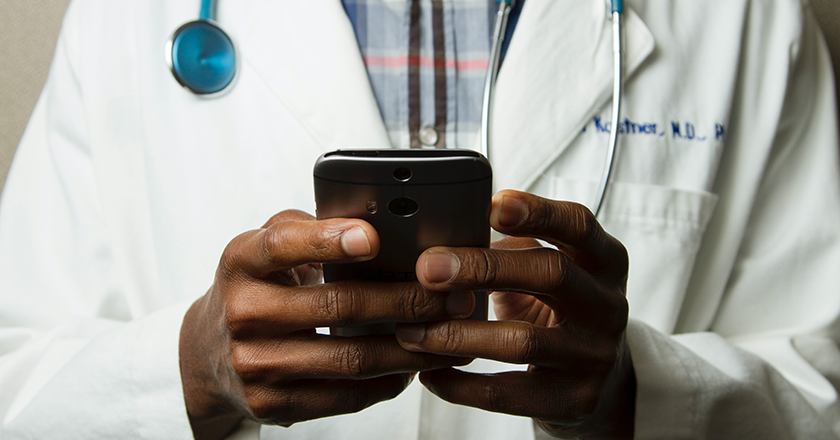The COVID-19 pandemic has changed a lot in our lives. Wearing masks, social distancing, and remote work have become the new norms. Industries are also seeing a radical change to their operations and cultures. Many are adapting to meet the demands of our new norms; that list, unsurprisingly, includes hospitals and healthcare.
Even after the pandemic is over, it is likely that the healthcare industry will see lasting effects from the challenges its institutions have had to overcome. The financial burden, PPE shortages, and telemedicine are just a few of the changes we can expect to see lingering in the healthcare industry.
The Financial Burden of COVID-19
One of the major challenges that has hit the healthcare industry during COVID-19 is the financial burden associated with dealing with a global pandemic. As hospitals have shuttered their doors to anyone besides patients and essential personnel, many elective surgeries, which bring in a great deal of revenue for the hospital, have been put on hold.
According to Texas A&M Today, surgeries have decreased by 50% across the country. But that’s not the only thing that may be decreasing in healthcare. Many hospitals, especially those in rural areas, can expect to see a shortage of medical professionals after this crisis. People may take early retirements or switch careers after the immense amount of stress caused by the COVID-19 pandemic.
It is likely that rural hospitals, who are already feeling the strain of the financial burden, will continue to close during and after this crisis because they can’t keep up with financial and personnel cuts without supplementary support.
As COVID-19 progresses, and hopefully resolves, hospitals continue to lose money and personnel. Some hospitals are even closing because of the burden of the pandemic. These effects will continue to be felt long after the pandemic is behind us.
Dealing with PPE Shortage
Fortunately, not all the lasting changes to the healthcare industry are bad. One positive side effect is that the PPE shortage that has been an issue throughout the COVID-19 pandemic is working to be resolved.
Fierce Healthcare quoted Justin Gernot, Vice President at healthcare advisory firm Healthbox, who said, “Things have changed or been reprioritized. There are a lot of cracks in the system that have been exposed, [like] supply chain for PPE (personal protective equipment).”
The pandemic has displayed a critical flaw in certain health systems, The extreme demand for PPE has proved it’s better to be prepared for an extreme surge. As the healthcare industry continues to respond to the pandemic, and the effects of PPE shortages continue to weigh on hospitals and workers, ensuring there are no shortages for similar events in the future.This will be a big point in almost every after-action report in the industry.
Healthcare workers in the future will have more confidence that they’ll have the safety equipment they need in a timely fashion if there’s ever a situation like the COVID-19 pandemic again.
A Virtual Approach to Treatment
One other lasting effect of the COVID-19 pandemic is the switch to telemedicine. As people are unable to physically attend (or may prefer not to) doctor’s appointments, physicians have been using video communication platforms to virtually meet with patients and diagnose and treat them.
Now that telehealth has become a more common fixture in the home and in medical practices, people are growing more comfortable with this type of treatment. For some people that lack mobility or the opportunity to have a physical appointment, telehealth is even preferable.
It seems that telehealth practices might be here to stay as an unexpected side effect of the COVID-19 pandemic.
The New Face of Medicine
COVID-19 has completely transformed the landscape of the healthcare industry. But what will be the lasting repercussions of these changes? It seems like the financial burden will have a major lasting impact on this industry.
However, positive impacts have also been made on the healthcare industry from the COVID-19 pandemic. Increased interest in PPE supply chains and the incorporation of telehealth options can help usher the healthcare industry into a more positive future.








